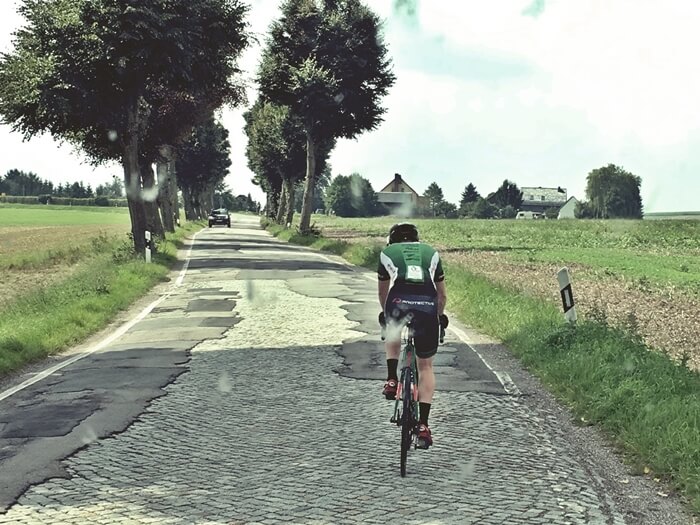
Race Around Germany
The "Race Around Germany" is a permanent ultracycling cycle race along Germany's external borders, one of the longest ultracycling routes in Europe and the longest ultracycling route within Germany. The route is around 3,300 kilometers long, runs largely on low-traffic roads and has an altitude of around 21,000 meters. Participants can freely choose the time and the start or finish point on the prescribed route when registering. The event is offered in different categories, a set of rules prescribes the basic procedure and participants are monitored by an official race management using GPS tracking. The time limit for the Race Around Germany is 12 days.
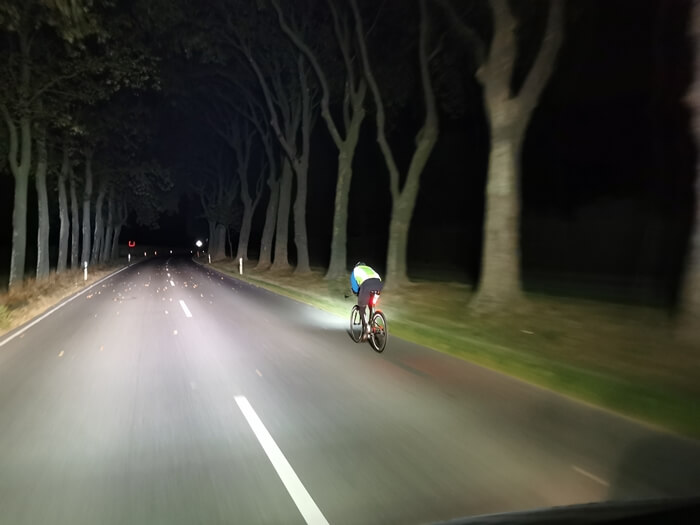

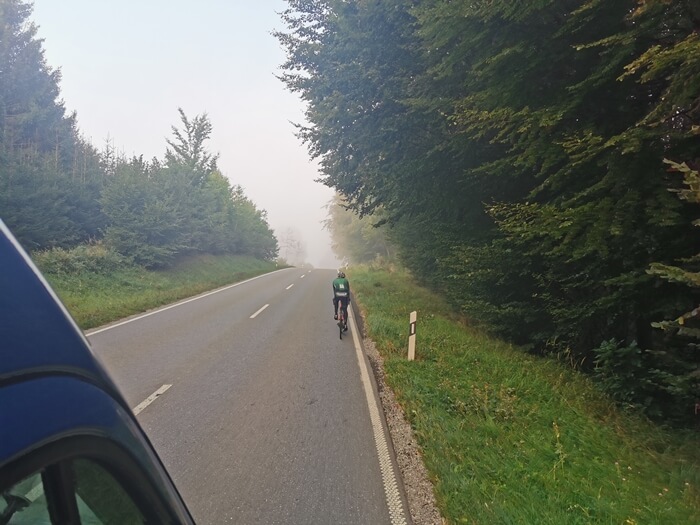
Declaration and participation
The Race Around Germany has some differences compared to other cycling races and ultracycling events, which on the one hand create special challenges and on the other hand make the event so attractive. Anyone planning to start their personal Race Around Germany should therefore be aware beforehand that the Race Around Germany is not an ordinary cycling race - and not just because of the particularly long route.
Organizer
The organizer of the Race Around Germany is Dieter Göpfert, who, in addition to the Race Around Germany, also organizes other sporting events in Germany. You will be in contact with Dieter Göpfert for registration, a subsequent briefing and, most likely, more often on the route. Otherwise, you are largely on your own at the Race Around Germany and should therefore already have experience in taking part in ultracycling races.
Qualification
Existing long-distance experience is required when registering for the Race Around Germany and must be proven. Furthermore, the rules for the event are very clear and easy to implement. After good preparation, the race against time around Germany feels like any other ultra cycling race, only without opponents to orientate yourself against.
Distance
The route alternates between streets with little traffic and often crosses larger cities, where you can find refreshment as a starter without a support team. Most of the altitude is in the southern half of Germany. In the northern part, the wind is a decisive factor in how quickly things move forward.
History
The Race Around Germany has existed since 2014 and is little known. Most participants publish information about their circumnavigation of Germany themselves via social media. Many participants previously take part in the 1,100 kilometer long Race Across Germany from Flensburg to Garmisch-Partenkirchen and find the race a greater challenge that can be implemented at a relatively low cost (compared to other ultra cycle races).
Results
The course records at the Race Around Germany in the solo category are around 7 days. Official times and results can be found on the event's official website.

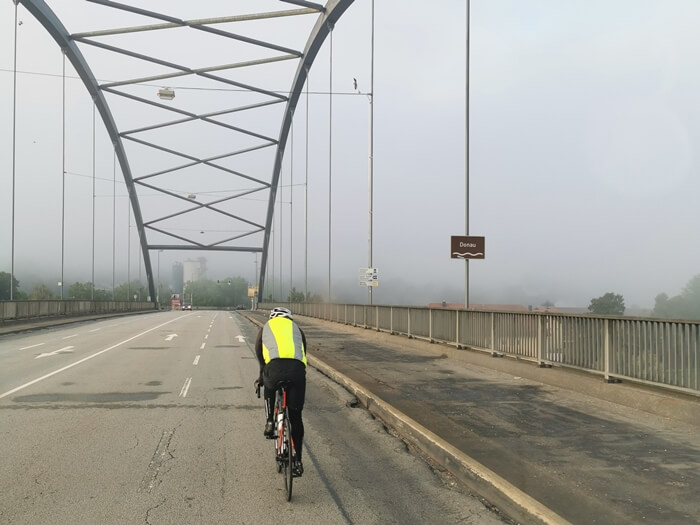
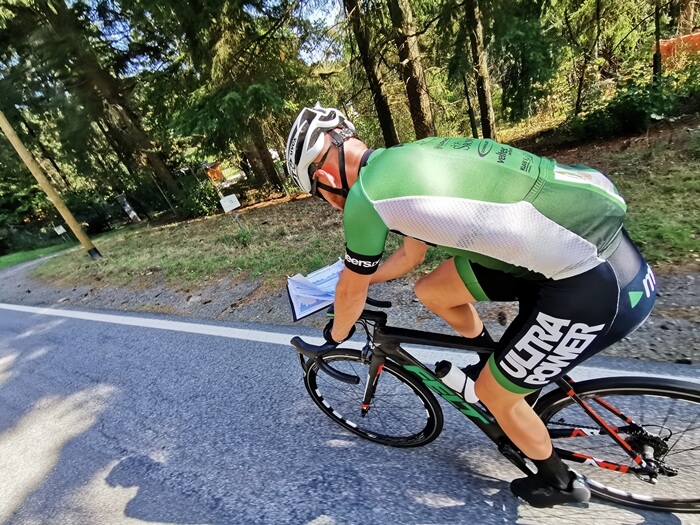
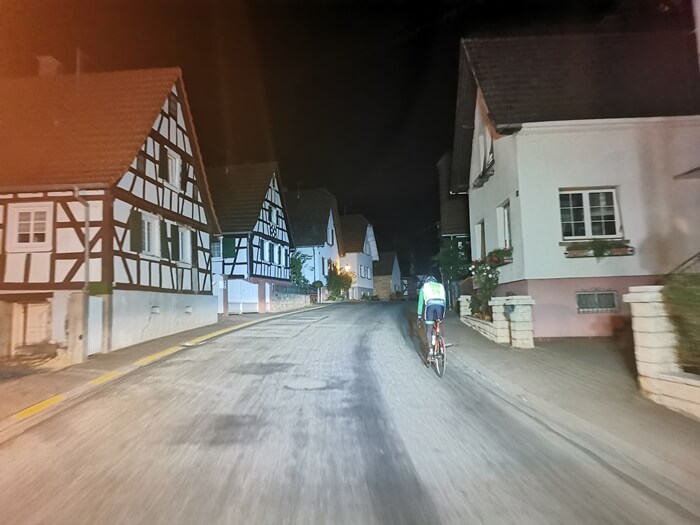
Route and insights
The current sections of the Race Around Germany will be sent to the participants before the start in several GPX tracks, each of which leads from time station to time station. There are a total of nine time stations on the route, which are located at irregular intervals from one another and are 200 to 470 kilometers apart along the route. Time stations are coordinates on the route and basically mean nothing other than that the race management must be informed via SMS that the respective section has been completed.
Route adjustments
Due to the length of the route, the route must be adapted from time to time to changing road layouts. Basically, it runs largely close to Germany's external borders and sometimes also briefly crosses the border into the Netherlands, through France and along the German-Czech border. The route is driven clockwise.
Highlights
On the 3,300 kilometers around Germany, the route crosses 10 of the 16 German federal states. There are few major highlights on the route, but there are many beautiful landscapes, different cities, a view of the Alps in the south and a view of the sea in the north. Support teams can move very quickly on the motorways in Germany and the good infrastructure makes it possible to react to many situations in a relaxed manner during the race because there are almost always supermarkets, bike shops or gas stations within easy reach.
Weather
Depending on the season and the weather, Germany sometimes offers very pleasant conditions for spending days in a row on the bike, but it can get very tough, especially at night. The temperatures are usually more pleasant in the south and in the Rhine plain than in the north of Germany.
Southern part
In the southern part of Germany you will find the better road surface and a large part of the altitude. Many small climbs, turns and gradient changes are exhausting and although the total amount of elevation gain does not seem particularly large in relation to the length of the route, the route is often tough and unrhythmic to ride. The most difficult parts of the route are between the Erzgebirge and the Franconian Forest, between the foothills of the Alps and the Black Forest and between the Hunsrück and the Eifel.
Northern part
North of the Eifel, the route is flat over large parts and here the wind and sometimes poor road surfaces are more of a challenge. The route crosses the Elbe with the Elbe ferry between Wischhafen and Glückstadt, which is why participants must take the ferry times into account in good time.
Ultracycling-Workshop
If you are interested in taking part in the Race Across Germany or would like to improve in ultracycling, then the ultracycling workshop makes sense for you.

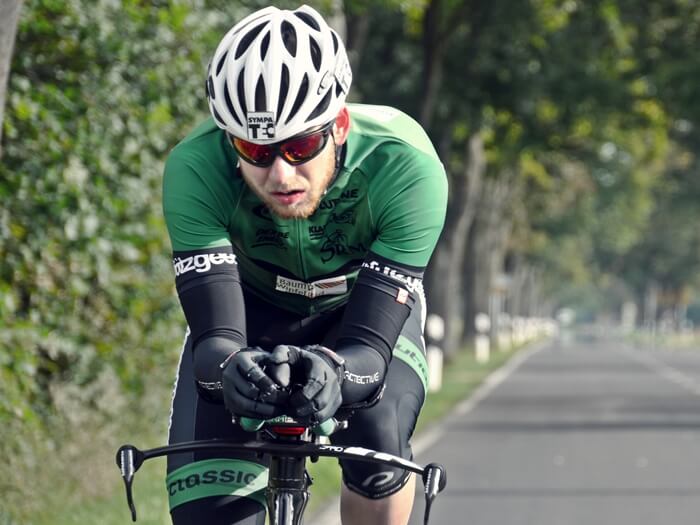
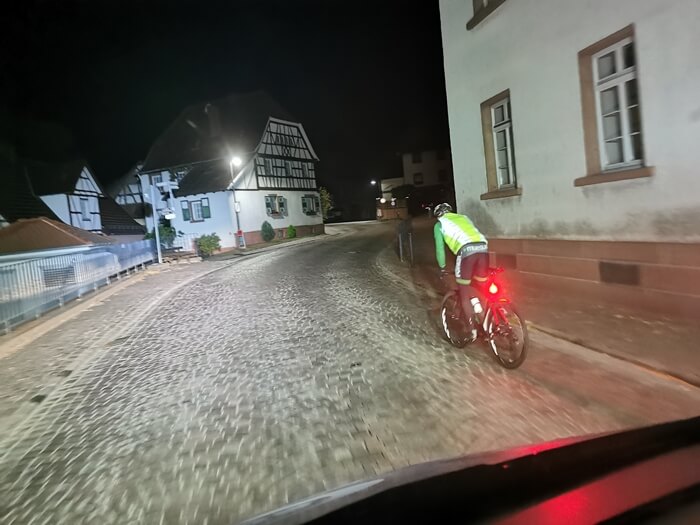
Categories and rules
The Race Around Germany can be started from almost any point on the route, but for the sake of simplicity it is recommended to choose one of the 9 time stations. The starting point also forms the destination point. The start date and time can be determined by the participant in advance when registering. Breaks and sleep breaks can be taken as desired, but the time continues until the goal is reached.
With support
In the solo-supported version of the Race Around Germany, an athlete, a support vehicle and several supervisors form a team. Additional vehicles can also be used, the support team can be changed along the way and it is allowed to take several bicycles with you. The event is also offered for teams of 2 or 4, with only one team rider riding the bike at a time.
Without support
In the solo unsupported version of the Race Around Germany, the athletes start without a support team and have to get their own supplies at gas stations, supermarkets or bakeries along the way. There are no gyms or other overnight accommodation options provided by the organizer, but the route runs through many larger cities, which is why it is possible to use hotels or other overnight accommodation options.
Rating
There is no rating for the Race Around Germany, but an entry will appear on the official website if the event is successfully completed. Slipstreaming behind vehicles, other cyclists or holding on to vehicles will of course lead to a disqualification.
Rules
The rules of the events aim to ensure the safety of the participants, but still allow as much freedom as possible. The route must be covered on the specified GPS track and the participants are randomly checked via GPS tracking and sometimes also by the race management.
Construction sites
The route can, among other things, lead through unpredictable construction sites: Here you have to decide at your own discretion whether a passage is possible or a detour has to be taken. Anyone who has long-distance experience may know that other events have much stricter rules and that it makes little sense to go against the rules in a race without a rating.
Ultracycling film
The Race Around Germany runs along the external borders around the whole of Germany. The route is approximately 3,300 kilometers long. In the film you can find out more about the Race Around Germany and gain insights from the route.